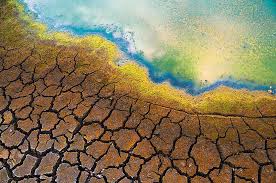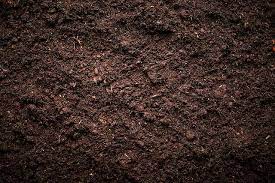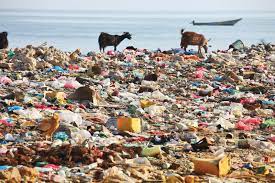Effects of Hazardous Substances on Soil
Hazardous substances are made up of chemical composition or other properties that are capable of causing illness, death, or some harm to humans and other life forms when mismanaged or released into the environment.
When these substances are released into the environment, they impact the quality of air we breathe, the quality of water available for human and animal consumption and for plant growth. They also affect underground water table, soil productivity, food webs, bio-concentration, human and animal health.
Effects of Hazardous Substances on Soil
Heavy metals are naturally present in the soil and, in the right quantity, are not harmful. Heavy metals are elements that exhibit metallic properties, such as ductility, malleability, conductivity, cation stability, and ligand specificity.
They are characterized by relatively high density and high relative atomic weight with an atomic number greater than 20 (Chibuike and Obiora, 2014). Examples include Copper, Iron, Magnesium and Zinc. When their concentration is increased by the introduction of hazardous and toxic substances into the soil, they become harmful.
Hazardous substances are, in themselves, composed of chemicals that have high metallic contents. The disposal of hazardous substances is, therefore, considered as one of the major sources of soil pollution because it increases the concentration of heavy metals in the soil.
The negative effects of these pollutants on the soil‟s biological and biochemical properties are many. Pollution, not only results in adverse effects on various soil parameters necessary for plant growth and yield, but also causes changes in the size, composition and activity of the microbial community in the soil (Singh and Kalamdhad, 2011).
Soil properties like organic matter, clay contents and pH have major influences on the extent of the effects of pollutant on the biological and biochemical properties of soils. Heavy metals indirectly affect soil enzymatic activities by shifting the microbial community which synthesizes enzymes.

Heavy metals exhibit toxic effects towards soil biota by affecting key microbial processes and decrease the number and activity of soil microorganisms.
Read Also : Effects of Hazardous Substances on Water and Aquatic Life
According to Chen et al (2010), heavy metals cause a decrease in bacterial species richness and a relative increase in soil actinomycetes. They also cause a decrease in both the biomass and diversity of the bacterial communities in contaminated soils.
Karaca et al (2010) noted that enzyme activities are influenced in different ways by different metals due to the different chemical affinities of the enzymes in the soil system. Cadmium (Cd) for example is more toxic to enzymes than Lead (Pb) because of its greater mobility and lower affinity for soil colloids.
Copper (Cu) inhibits b-glucosidase activity more than cellulose activity. Lead (Pb) decreases the activities of urease, catalase, invertase and acid phosphatase significantly. Cadmium (Cd) contamination has a negative effect on the activities of protease, urease, alkaline phosphatase and arylsulfatase but no significant effect on that of invertase.
When these harmful substances are released into the environment from the manufacturing industries, industrial plants and other chemical handling and processing outfits, they interact with different soil properties as described above.
The negative results of these interactions trigger soil deterioration and make the soil unsuitable for planting and cultivation. They also lead to depletion of soil cover and vegetal loss. The hazardous substances dry up the vegetation cover on soil and render the soil barren. In some cases, the pollution makes it impossible for the soil to absorb water.
That is, pollution also increases water logging in soils and make the soils unsuitable for farming, building and any other major construction activities.



